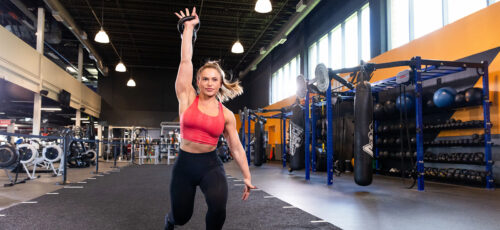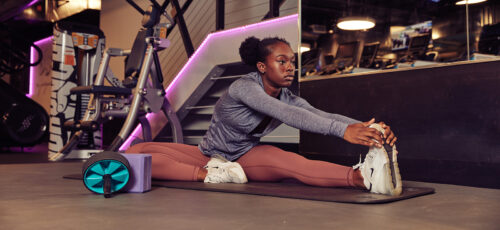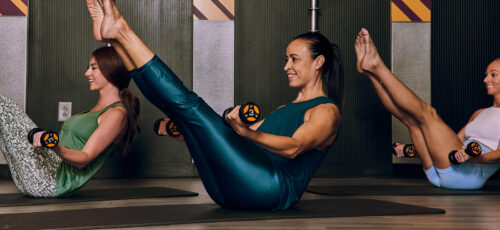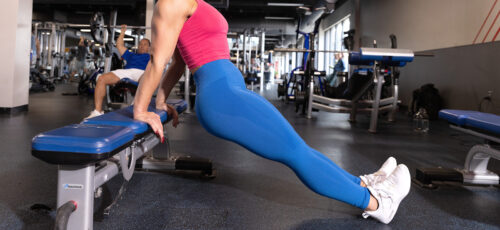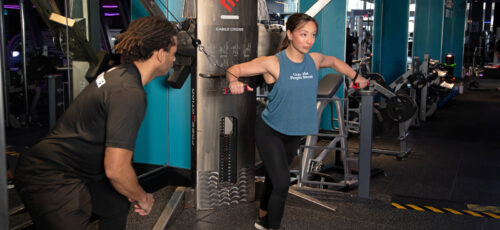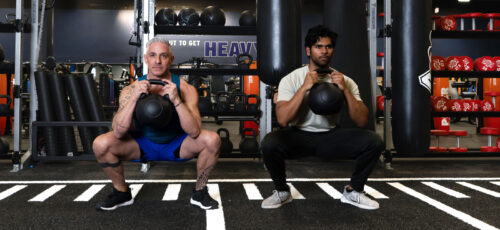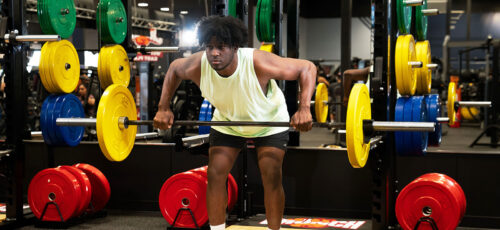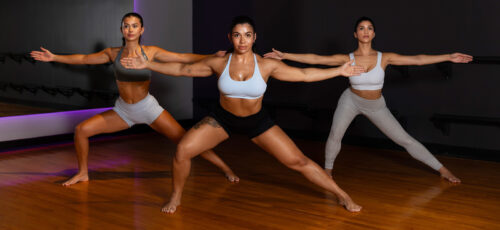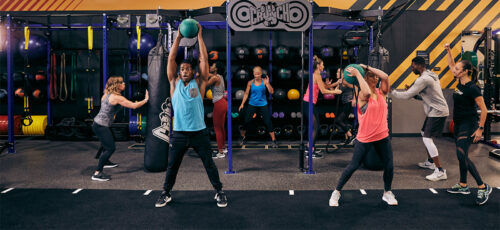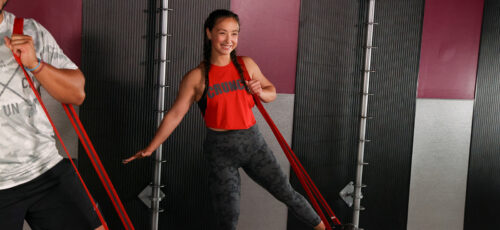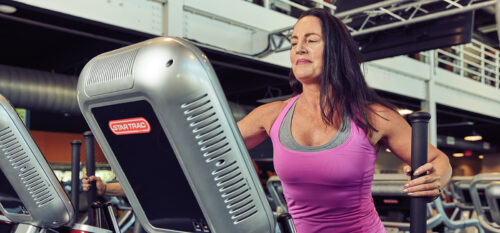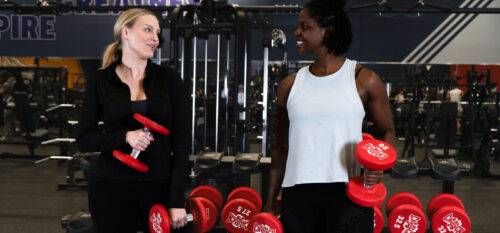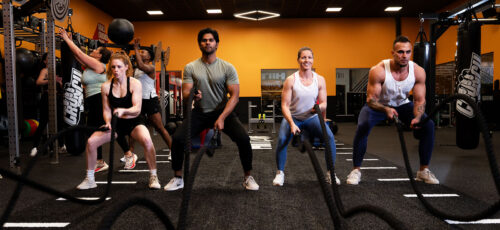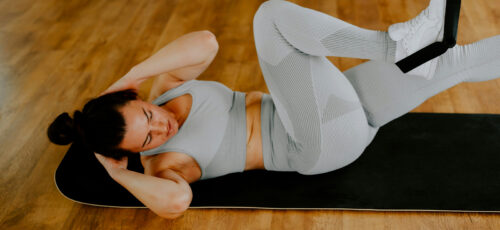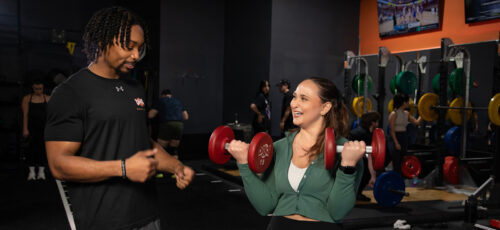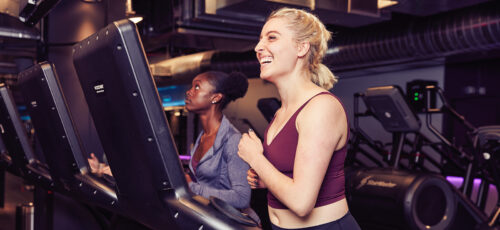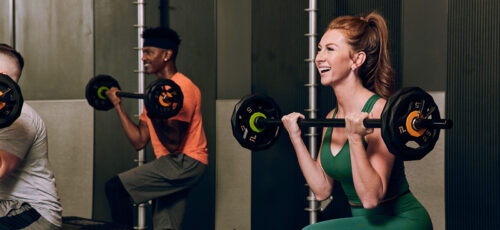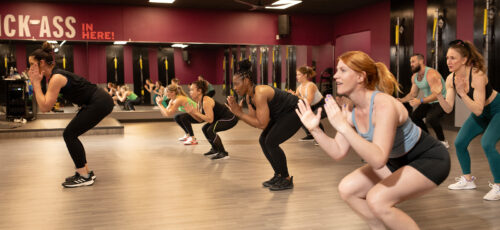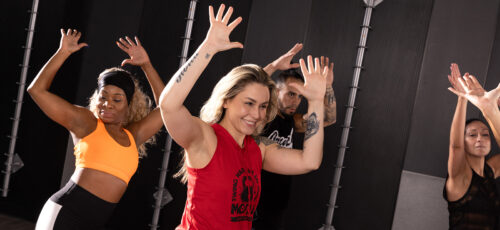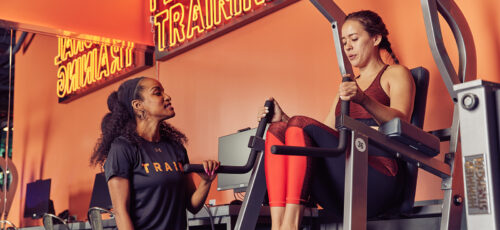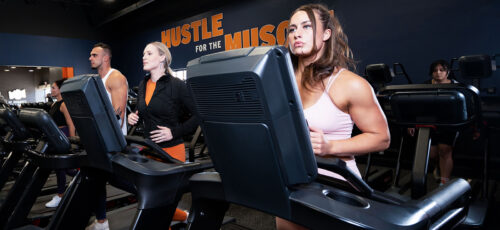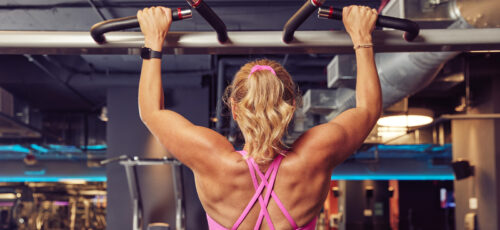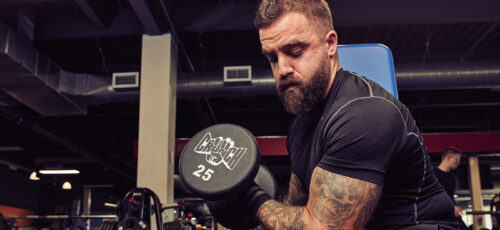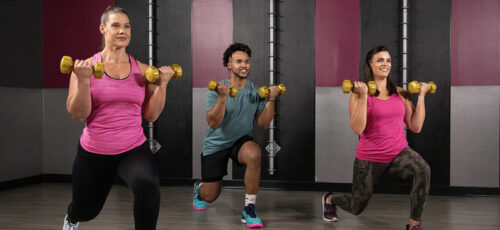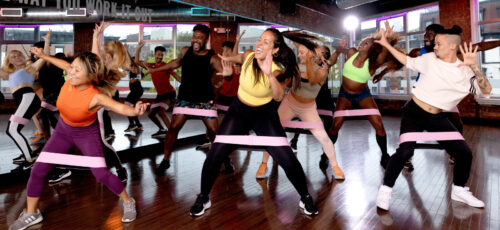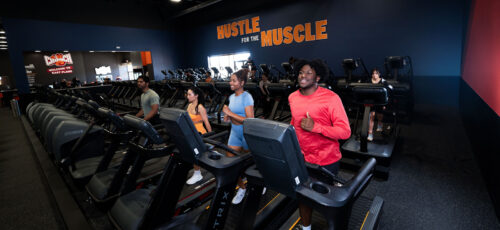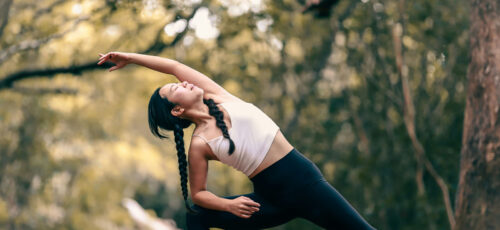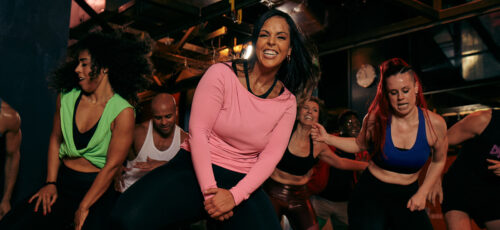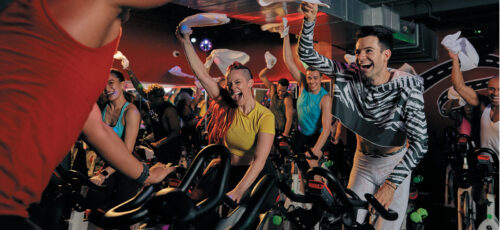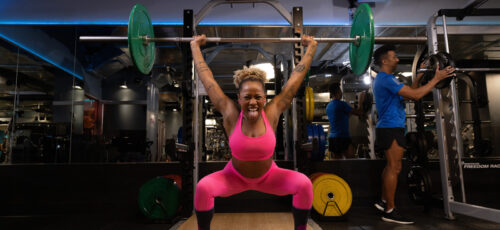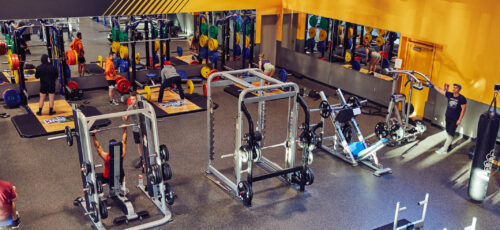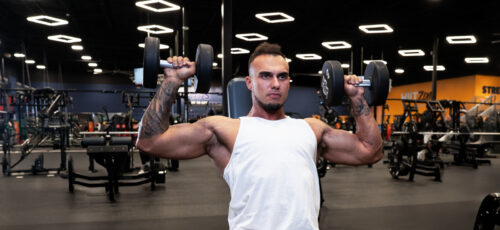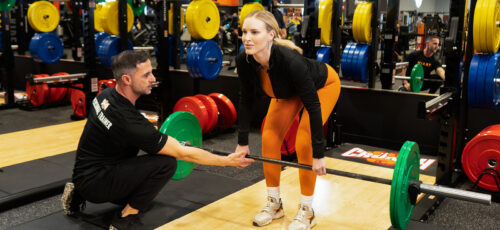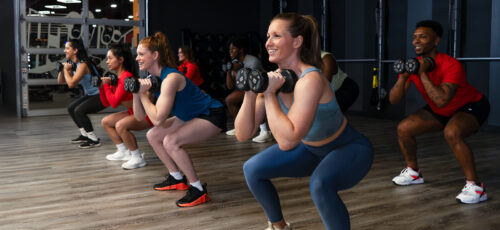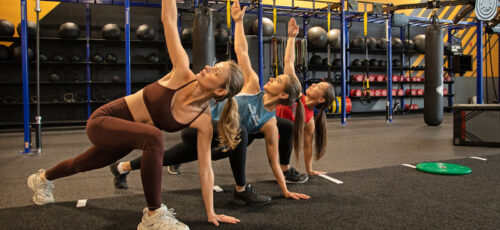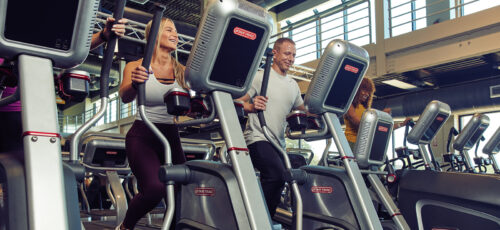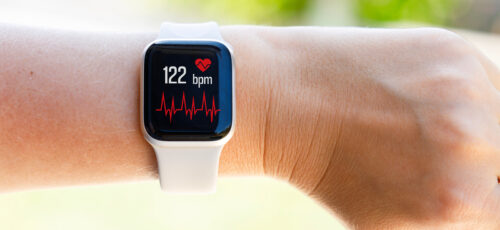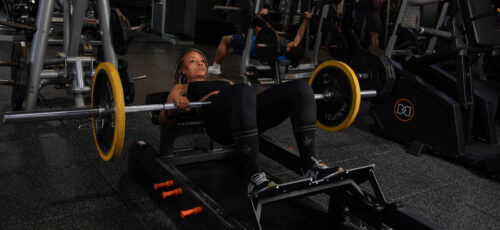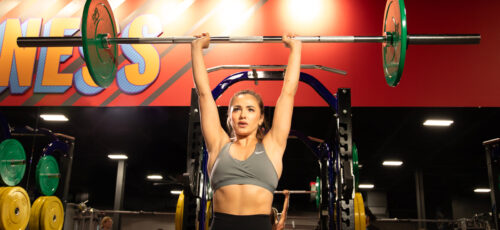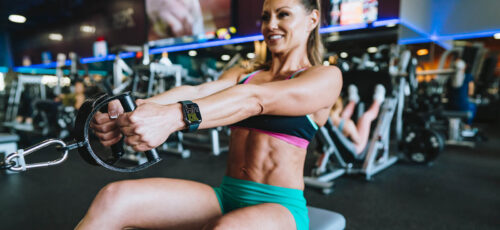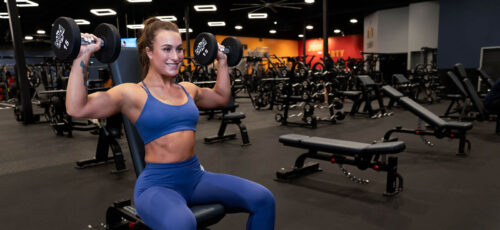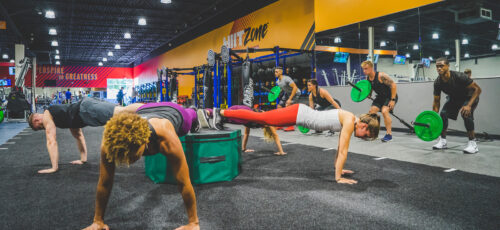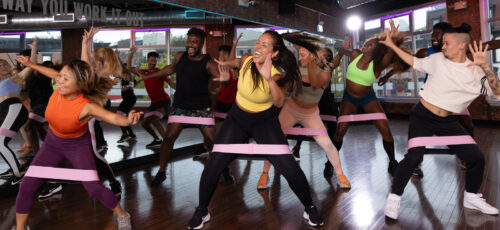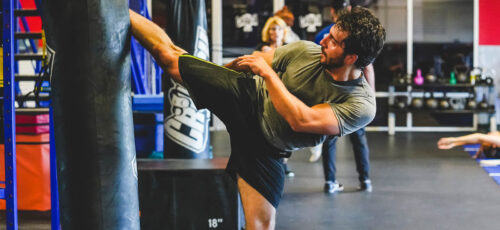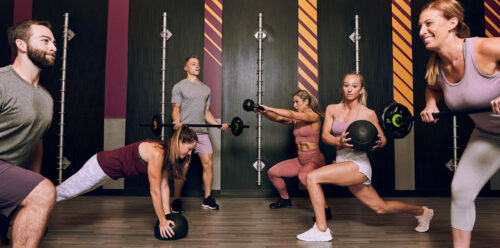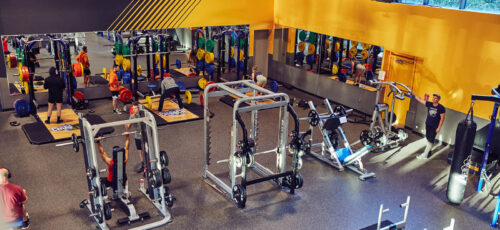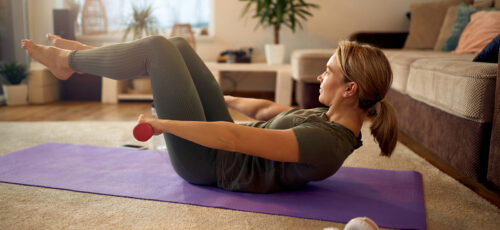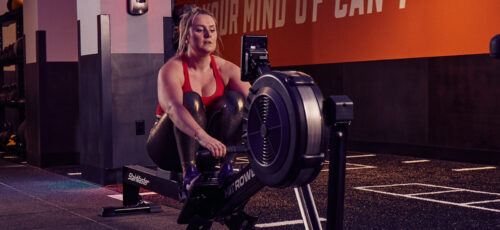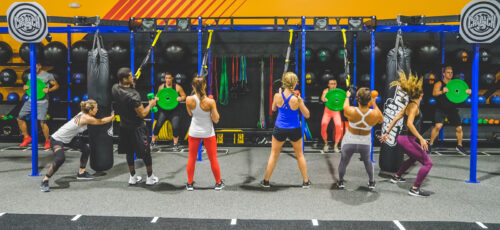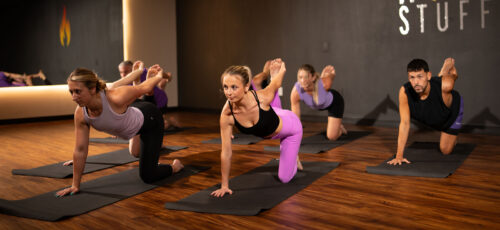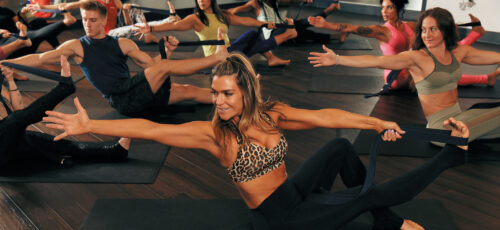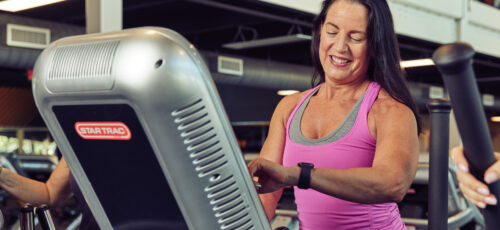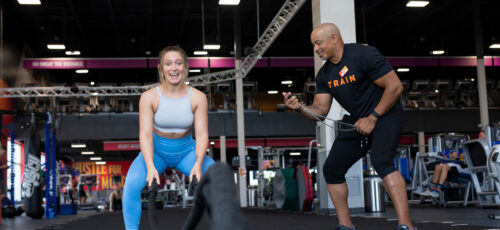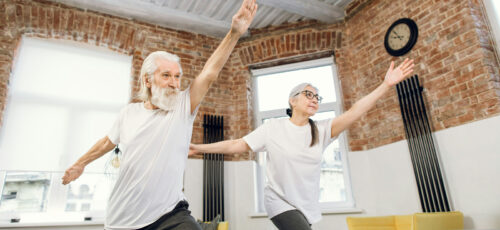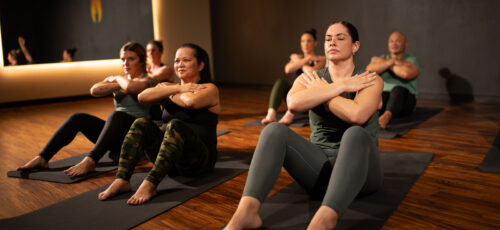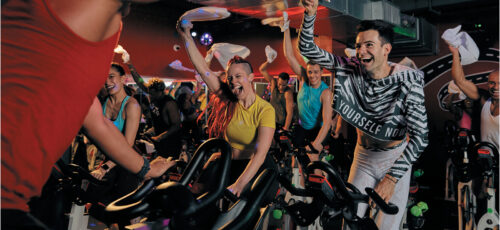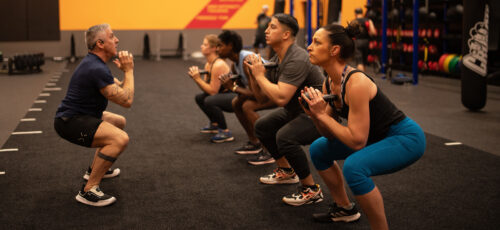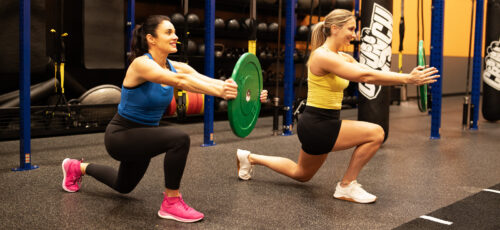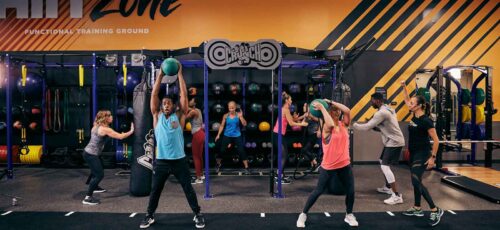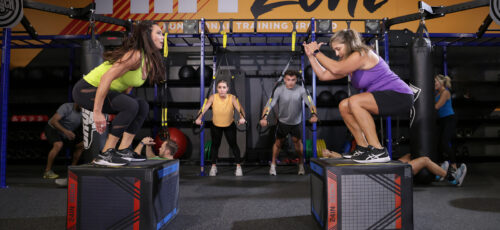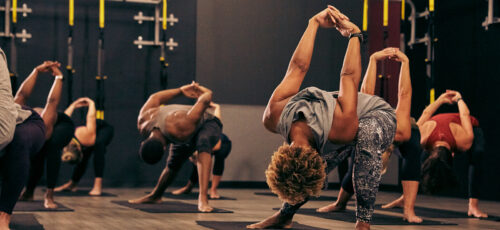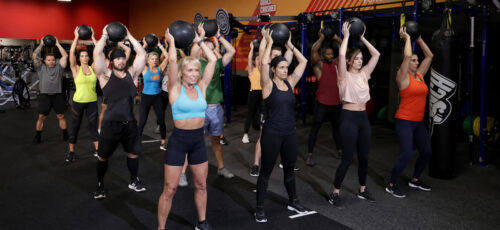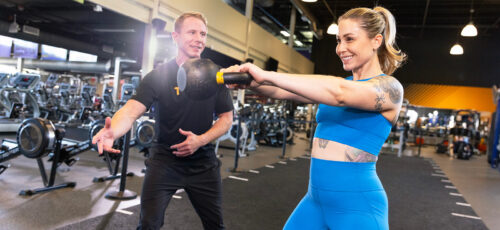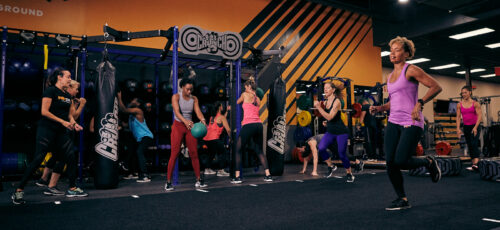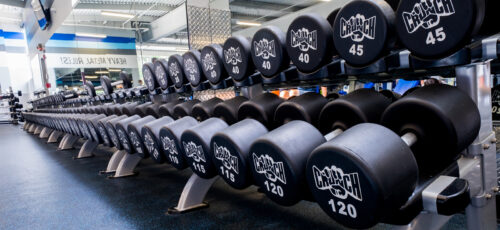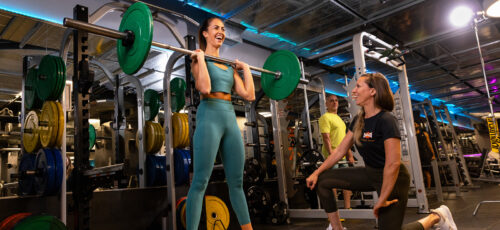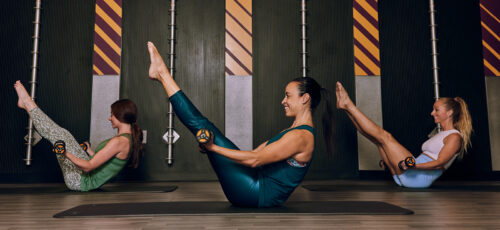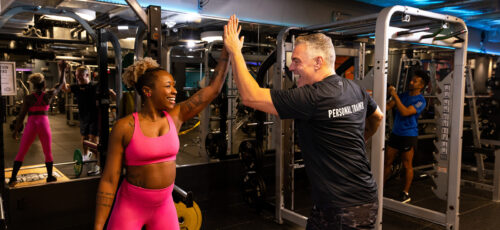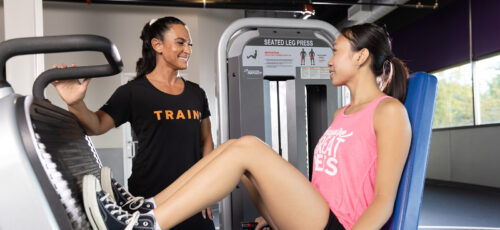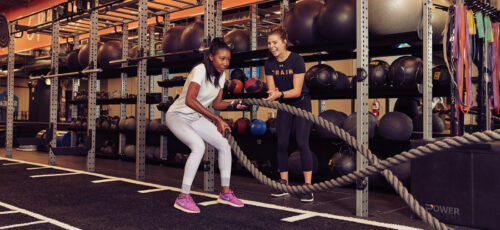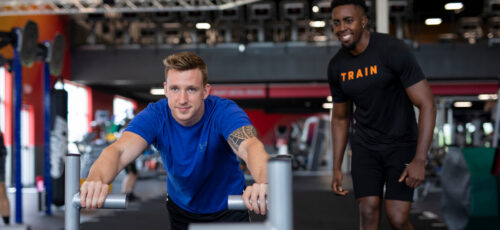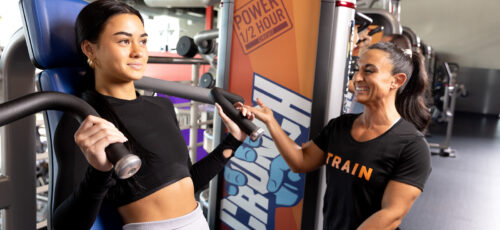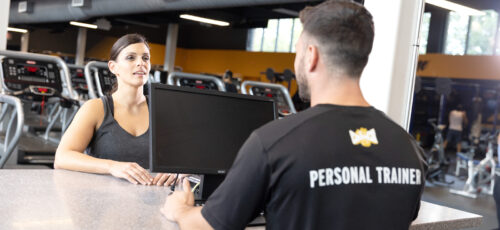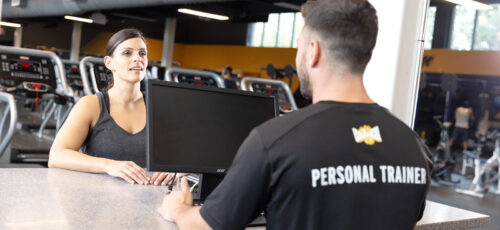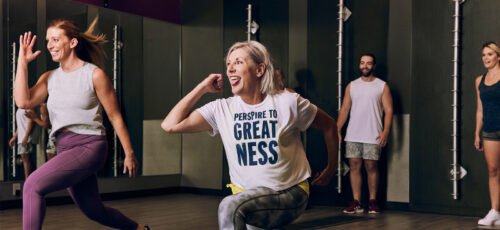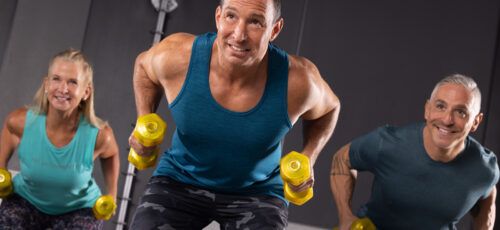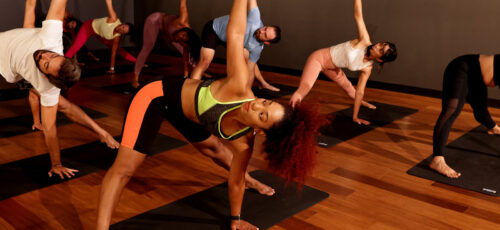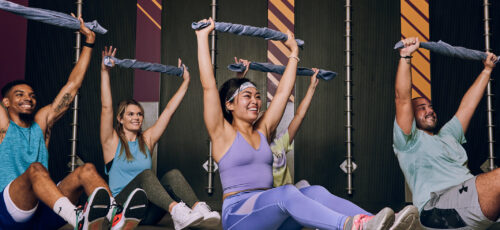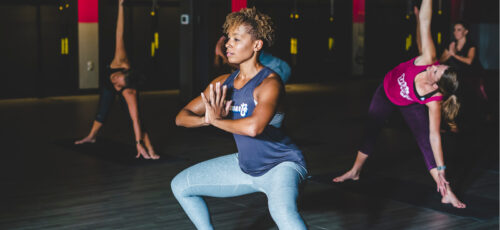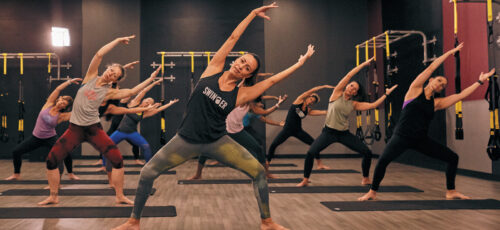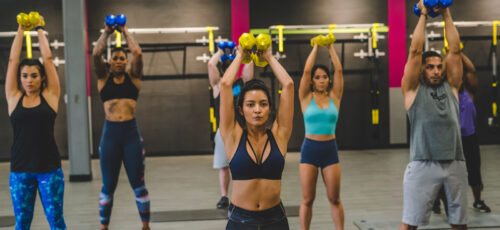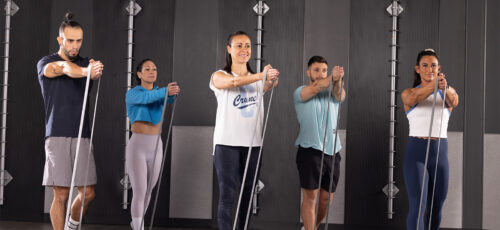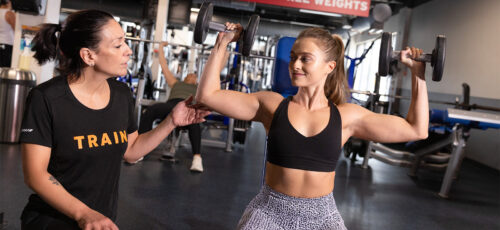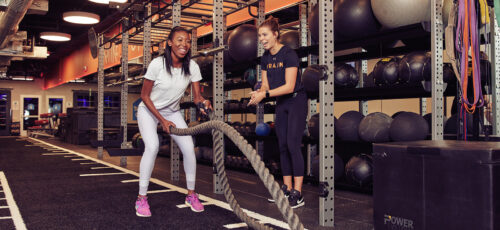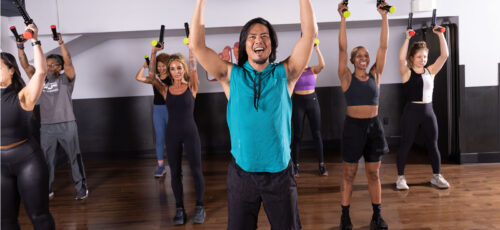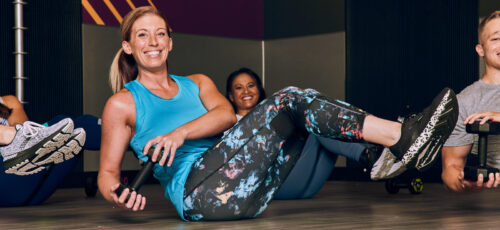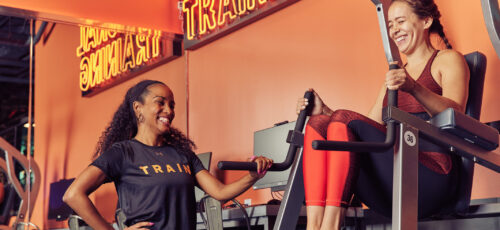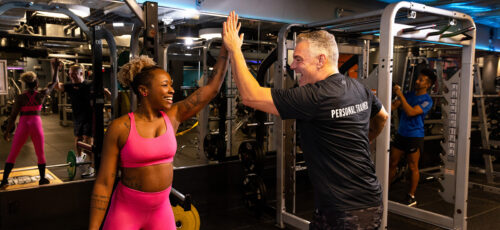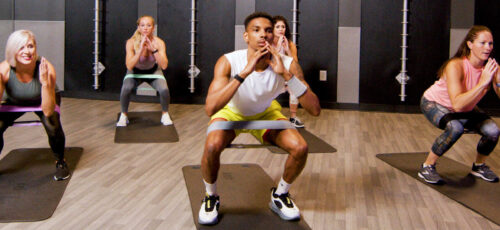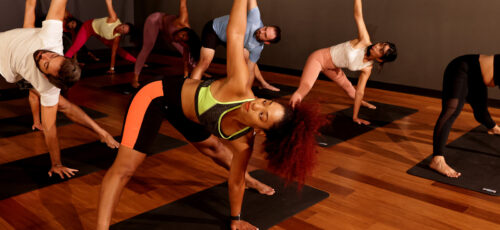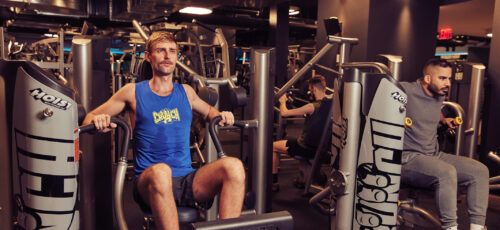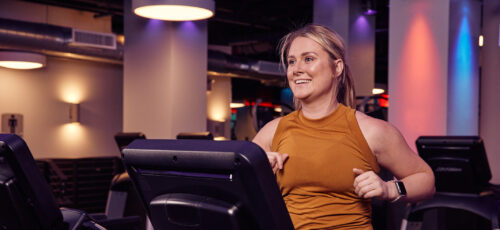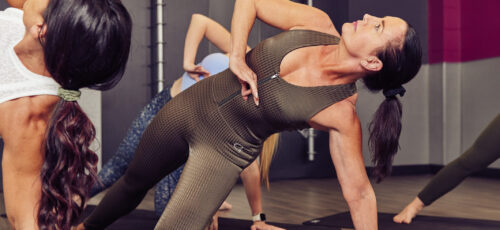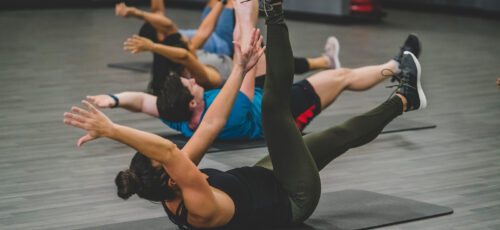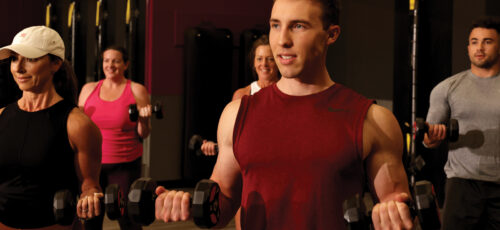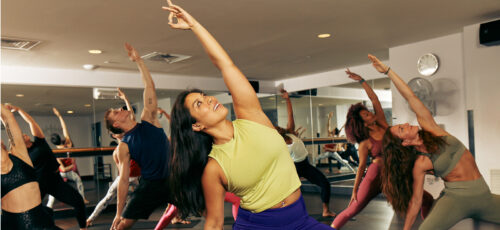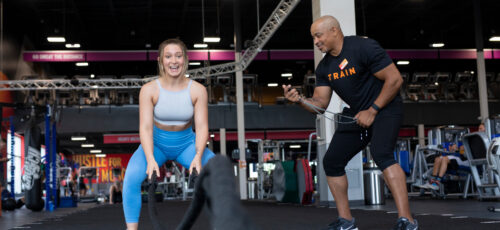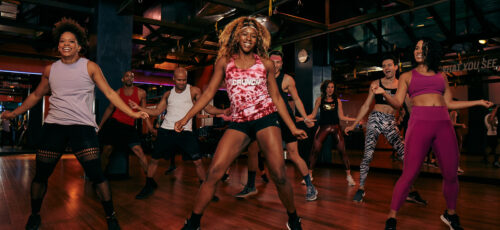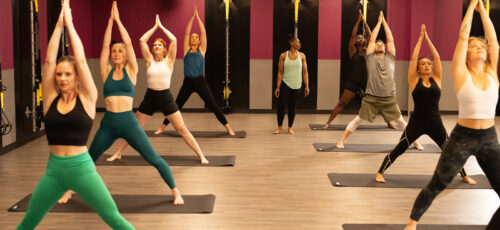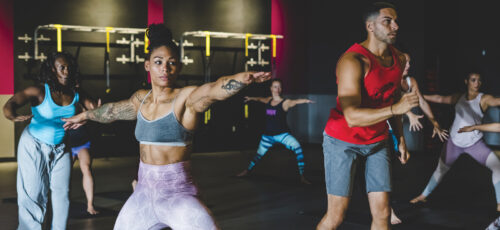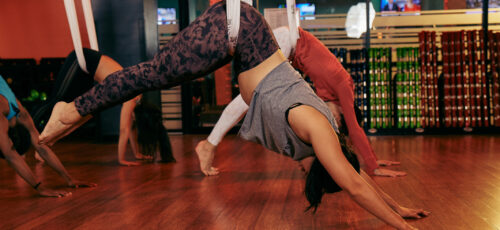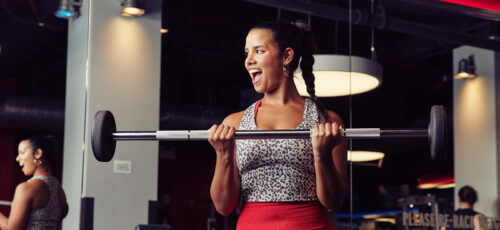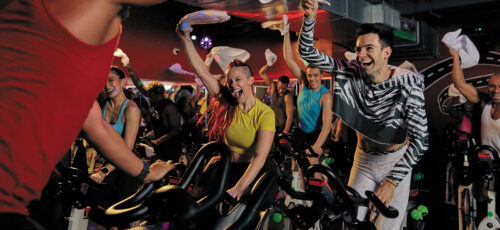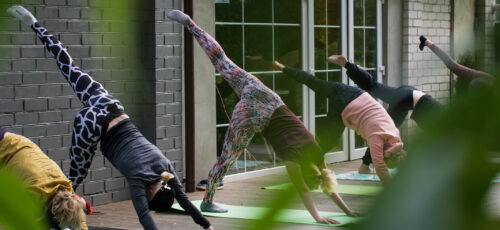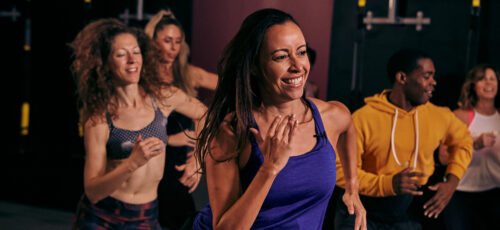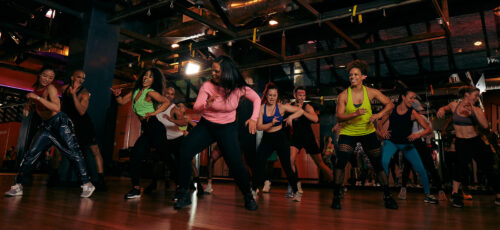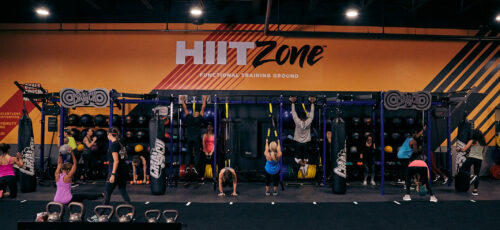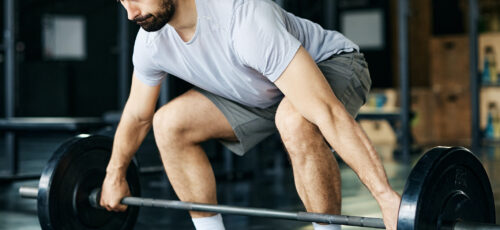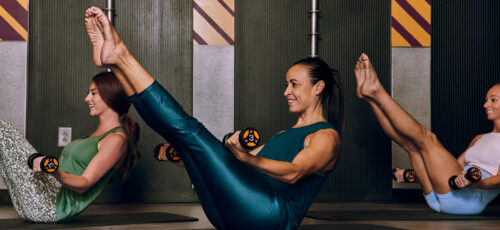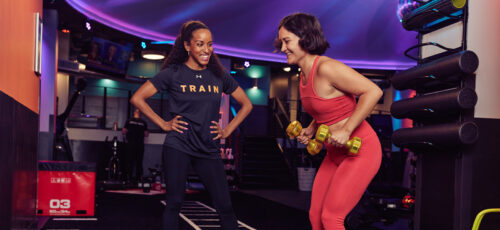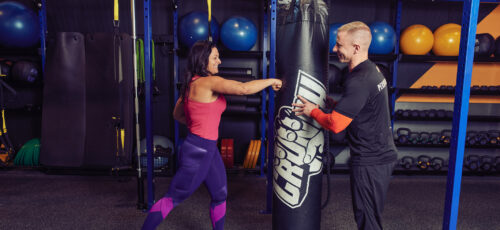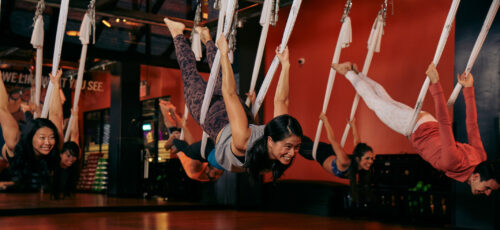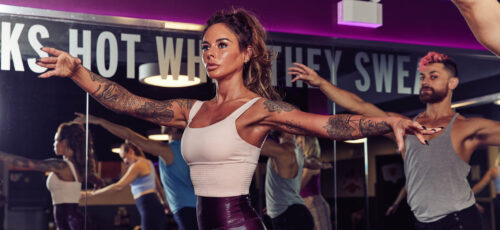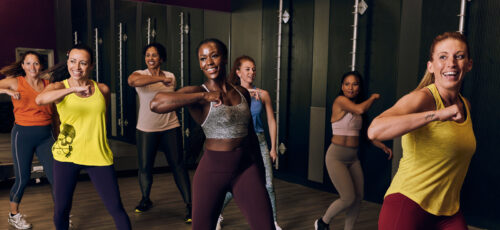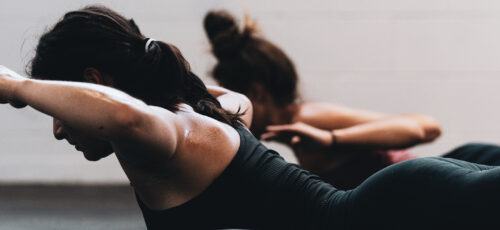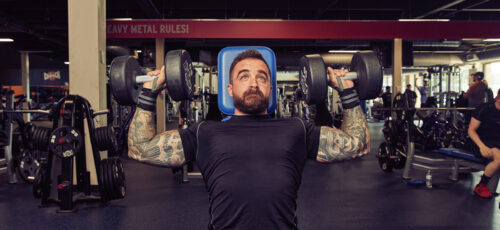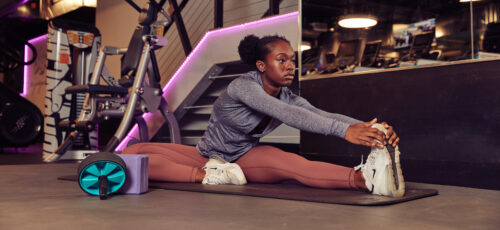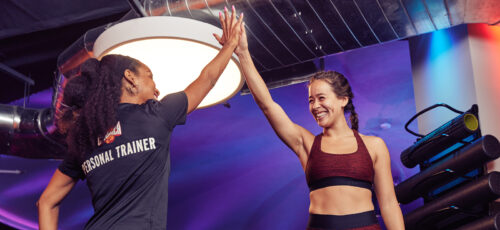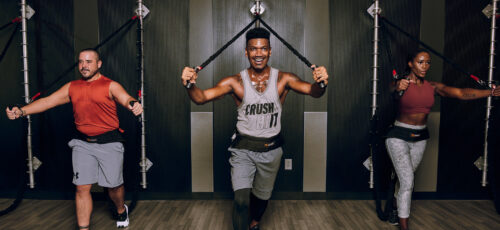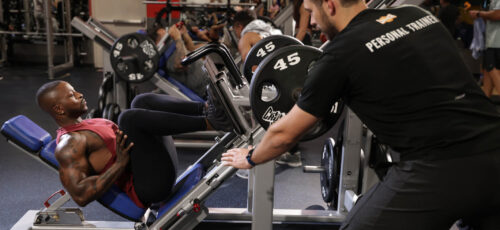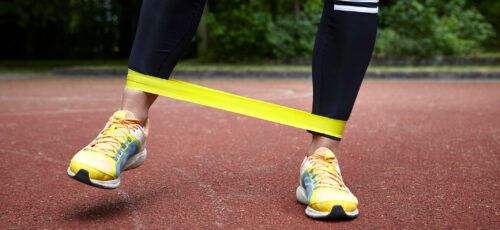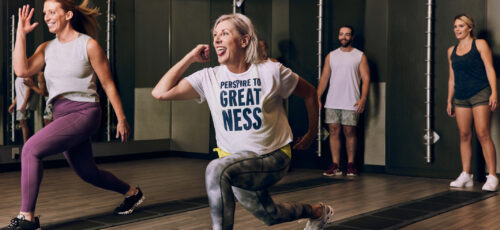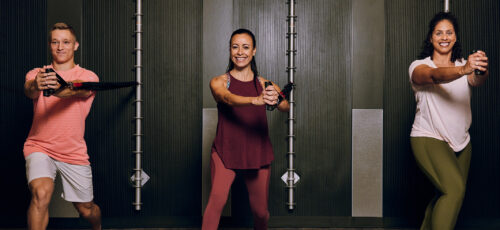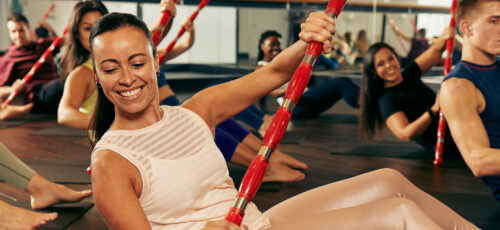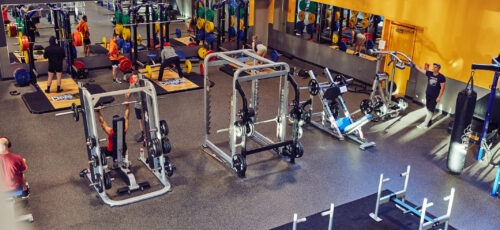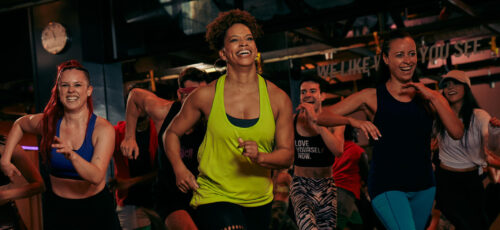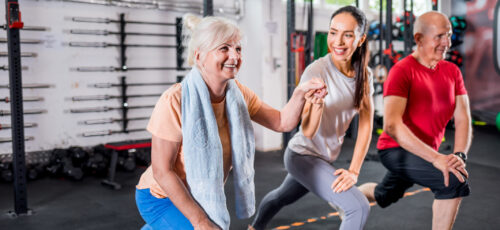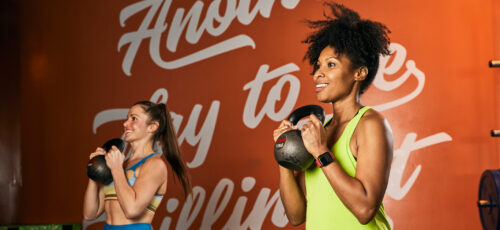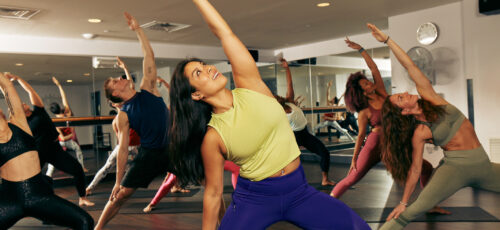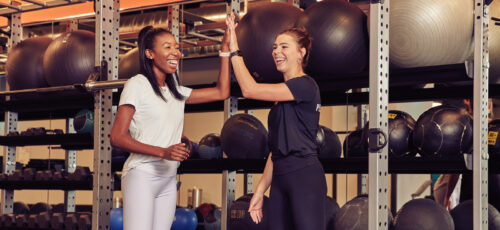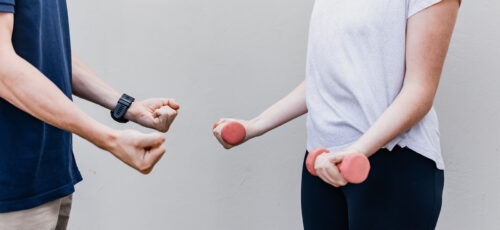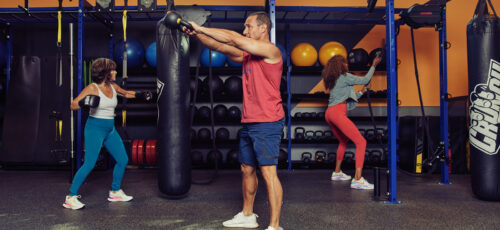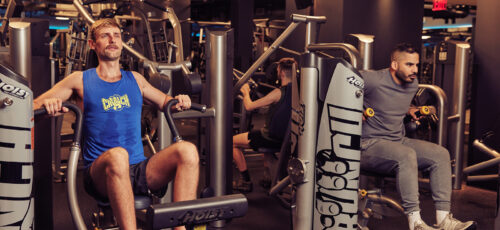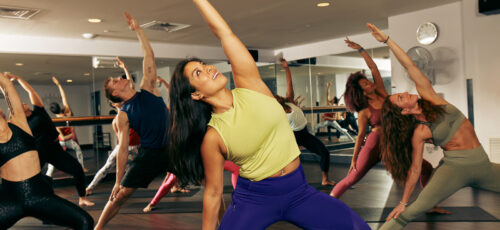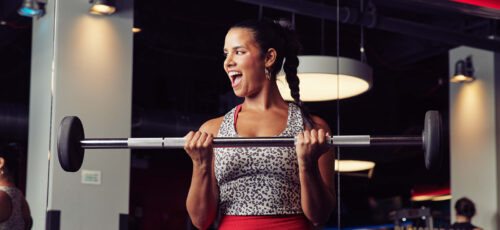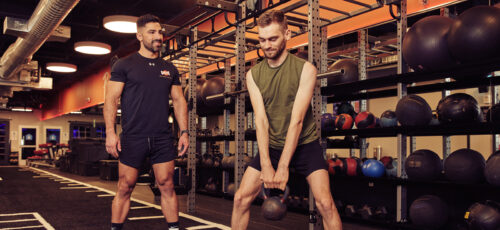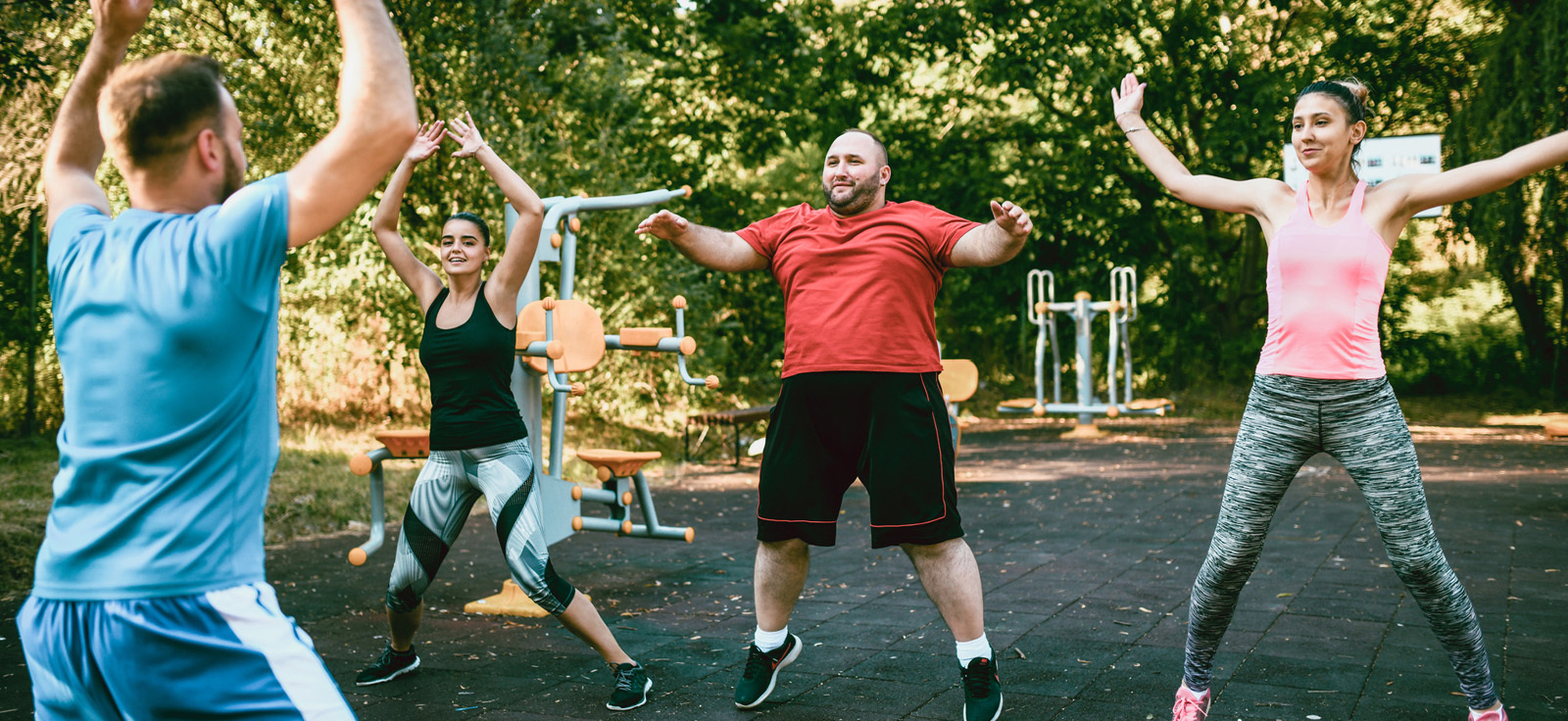
Jumping jacks are essential in fitness routines because they’re simple, effective, and can be practiced anywhere. Whether you’re just starting or an expert gymgoer, jumping jacks offer a full-body workout that boosts your heart rate and engages multiple muscle groups.
But how do they fit into more intense workout regimes? Is jumping jacks a HIIT exercise? In this comprehensive guide, we’ll dive into what makes jumping jacks so beneficial, exploring their mechanics, the specific muscles they target, and the impressive cardiovascular benefits they bring to your fitness journey.
Let’s take a closer look at why this classic exercise deserves a spot in your workout routine.
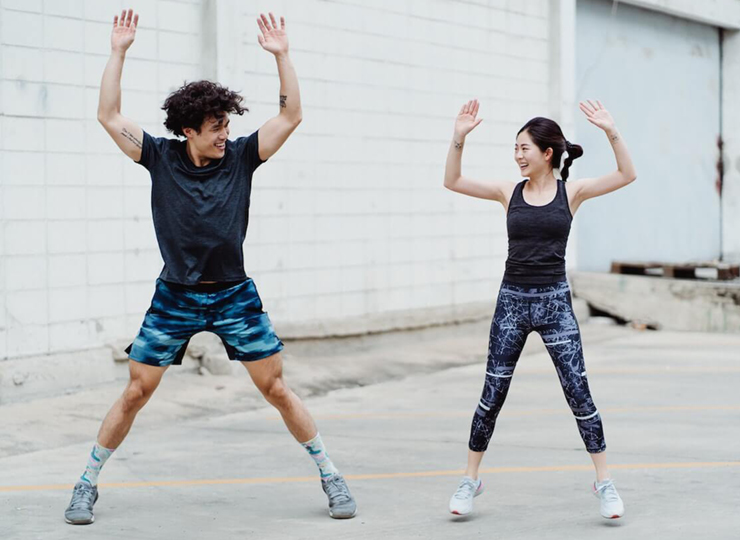
What are Jumping Jacks?
Jumping jacks are a timeless calisthenic plyometric training that engages the whole body. They’re versatile, serving as an excellent warm-up to increase blood flow and prepare muscles for more intense activity or as a key component in full-body workouts like Tabata intervals, boot camp sessions, HIIT routines, and trampoline workouts.
Also known as star jumps, jumping jacks provide a solid leg workout while also boosting your heart rate. The outward and inward movement of your arms and legs offers total body toning, much like burpees.
They can be adapted for all fitness levels—from beginners who might skip the jump to advanced athletes who can add a squat and aim for maximum height, a variation known as a power jack.
No matter how you perform them, jumping jacks are fantastic for building and maintaining fitness, reducing obesity, lowering the risk of osteoporosis, enhancing cardiovascular health, boosting stamina, and more.
What Muscles Do Jumping Jacks Work?
Jumping jacks are a simple yet effective exercise that can be done anywhere. They simultaneously engage your entire body—including your lungs, heart, and muscles—and activate both primary and secondary muscle groups.
Primary muscles include
Glutes: The gluteus maximus, the primary muscle of the hip, is the largest and outermost of the gluteal muscles. This thick and powerful muscle forms the shape of your hips and is crucial for extending the hip.
Hip Flexors: These muscles connect your legs to your torso, allowing you to lift your knees or bring your torso closer to your hips. They play a crucial role in leg and core movement.
Quadriceps: Also known as quads, this large muscle group on the front of your thigh consists of four major muscles. These muscles are essential for extending the knee and form a thick, fleshy mass covering the front and sides of the femur.
Secondary muscles worked include
Abs: The abdominal muscles consist of two parallel muscles separated by the linea alba, a connective tissue band that runs down the midline. These muscles help stabilize your core during the exercise.
Hamstrings: Located at the back of your thigh, the hamstrings consist of three muscles that run from the hip to the knee. They are prone to injury during jumping jacks, so it is important to perform the exercise carefully.
Shoulders: Jumping jacks also engage your shoulder muscles, including anterior and posterior deltoids. The deltoid muscle shapes the rounded contour of the shoulder, with the anterior fibers attached to the clavicle and the posterior fibers connected to the vertebrae.
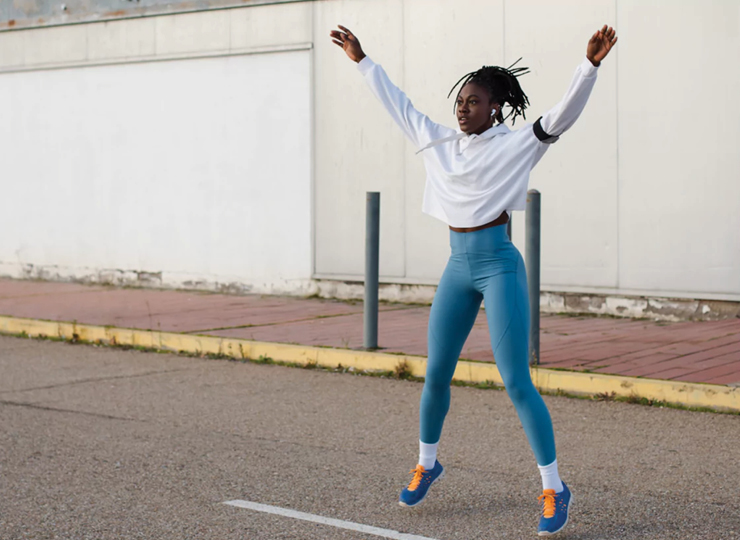
Jumping Jacks Benefits
Cardio and resistance training provides comprehensive benefits for your entire body, helping you stay fit while strengthening muscles and bones. This exercise form can protect you from different health problems. Here are some key benefits of jumping jacks:
Full-Body Workout: Jumping jacks engage your entire body, including your shoulders, heart, lungs, core, hip flexors, and glutes. This plyometric exercise boosts your metabolism while simultaneously building muscle mass.
Fat Burning: A rigorous jumping jacks routine improves muscle strength and coordination. The increased heart rate during the exercise leads to higher calorie expenditure, aiding in fat loss.
Improved Flexibility: Research indicates that plyometric exercises like jumping jacks can enhance your body’s flexibility.
Increased Bone Density: Exercises like jumping jacks, burpees, and jump squats contribute to higher bone density. Performing these exercises regularly—about 10 to 20 reps daily—can strengthen your bones and help prevent conditions like osteoporosis and osteoarthritis.
Boost Stamina: Stamina is crucial in combating fatigue and maintaining physical activity for more extended periods. If you’re new to exercise, you might tire quickly, but with consistency, you can build stamina, making it easier to stay active. Jumping jacks are an effective way to improve stamina, enhance muscle function, and make everyday tasks like carrying groceries easier, especially as you age.
Reduce Risk of Many Health Conditions: Jumping jack is a form of aerobic exercise that offers more than just weight management and bone strength; it also helps lower the risk of numerous health conditions, including high blood pressure, type 2 diabetes, metabolic syndrome, stroke, and even certain cancers.
Research shows that regular aerobic activity can reduce the risk of developing diseases like colon cancer by nearly 40 percent. There’s notable evidence that consistent physical activity is an effective preventive measure against many chronic illnesses and is closely linked to a lower risk of premature death.
Why Jumping Jacks Work in HIIT?
Jumping jacks are a powerhouse move in HIIT (High-Intensity Interval Training) for several reasons. First, they’re incredibly effective at raising your heart rate, a cornerstone of any HIIT workout.
This spike in heart rate maximizes calorie burn in a short amount of time, making your workout both efficient and effective.
Jumping jacks are versatile and easily modified to suit different fitness levels. Beginners can start with a slower pace or reduced impact, while advanced exercisers can add jumping jack variations like power jacks or incorporate weights for added resistance. This adaptability makes them an excellent fit for the varied intensity levels of HIIT workouts.
Lastly, jumping jacks require no equipment, making them a convenient option for gymgoers and those who prefer to work at home. Their simplicity and effectiveness solidify their place in any HIIT routine, helping you achieve maximum results in minimal time.
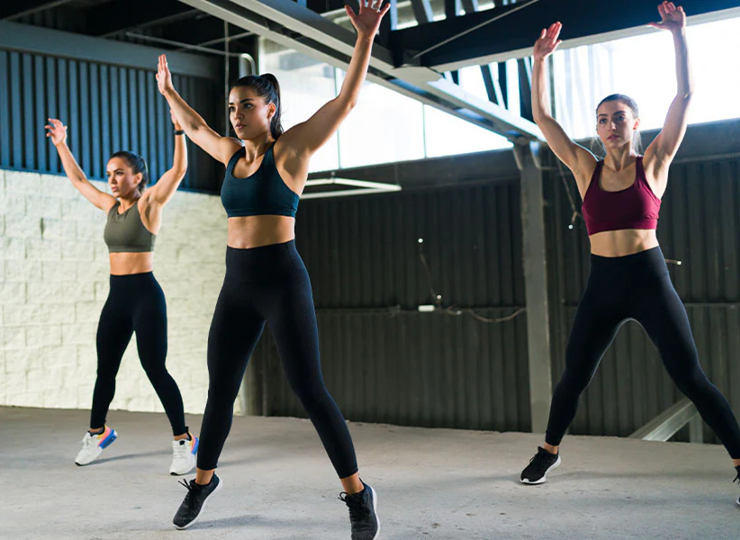
How to Do Jumping Jack?
Follow these steps to safely and effectively perform jumping jacks:
- Start Position: Stand upright with your feet together, arms fully extended at your sides, and toes pointing forward. This is your starting position.
- Jump and Extend: Quickly bend your knees slightly and jump, spreading your feet to the sides while simultaneously swinging your arms out and above your head. Make sure all movements happen in unison.
- Return to Start: As you land, reverse the motion by bringing your feet back together, lowering your arms to your sides, and returning to the starting position.
- Repetition: Continue this sequence, aiming for 10 to 100 repetitions across six sets. Focus on maintaining good posture throughout, avoiding slouching or letting your toes turn outward.
Jumping Jack Variations
Various jumping jack variations cater to different intensity levels and target specific muscle groups. Some of these include:
- Squat jacks
- Rotational jacks
- Low-impact rotational jacks
- Plank jacks
- Burpees
- Box jumps
For instance, plank jacks are excellent for engaging the core, shoulders, and lower body muscles.
Burpees combine a squat jump with a push-up, perfect for building endurance and muscle strength.
These exercises warm your body and raise your pulse, providing a neuromuscular warm-up that lowers the risk of injury and boosts performance.
How to Add Jumping Jacks to Your Workout Routine
Jumping jacks can be integrated into your workout routine in different ways, tailored to your fitness level and goals. Since they offer strength-building and cardio benefits, as we mentioned before, you can use them as a standalone workout or cardio interval within a strength circuit.
Try a 10-minute HIIT or Tabata-style session for a focused jumping jack workout. Alternate between 30 to 60 seconds of high-intensity jumping jacks and a short rest (10 seconds), or switch to a low-intensity exercise like bodyweight squats or push-ups. Repeat this for four to eight rounds for a quick, intense burn.
Alternatively, you can incorporate jumping jacks into a circuit training workout. Rotate through different exercises with minimal rest, combining strength training, bodyweight moves, and jumping jacks for a comprehensive, full-body workout.
Join Us!
Crunch promotes a culture of positivity, inclusivity, and fun with no judgments by providing an environment for all individuals regardless of their health and fitness goals. Find a Crunch gym near you to try our free trial membership, or join Crunch now. We’re here for you – at the gym or at home. Access the best live & on-demand workouts anytime, anywhere with Crunch+. Ready to get sweaty? Try hundreds of workouts for free! Start your free trial now!










